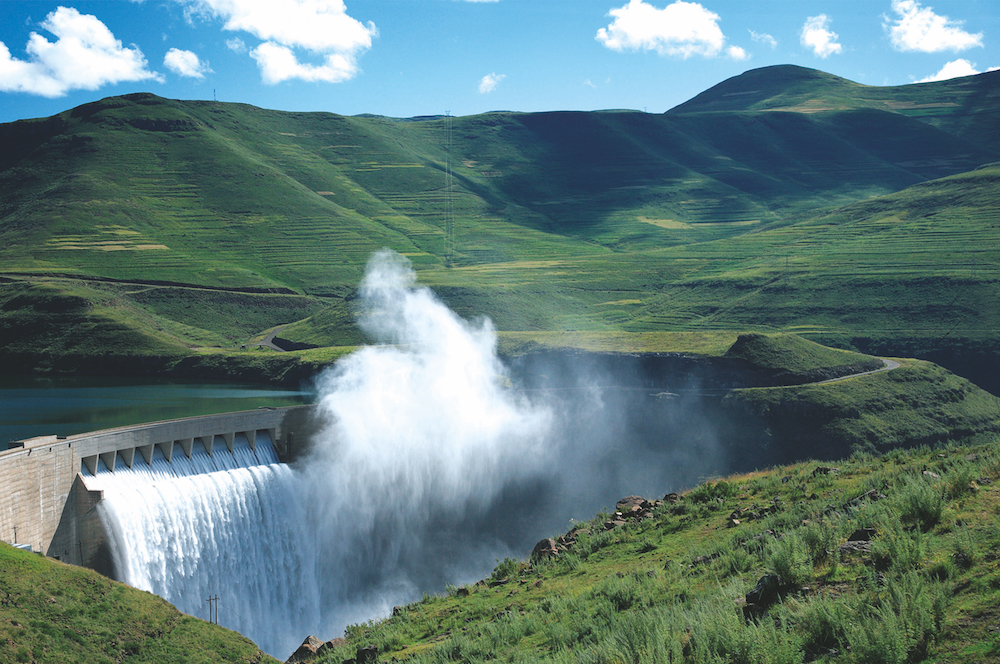Management and Monitoring of Dams and Levees
Dam and levee concessionaires and managers are responsible for managing a diverse portfolio of hydraulic structures, including dams, levee systems, reservoirs, power plants, dikes, and penstocks.
OBJECTIVES:
Internationally and in France, owners of these structures must comply with safety standards and are required to regularly inspect the structures, submit annual reports, perform preventive maintenance, and monitor water levels.
The challenge in managing and analyzing these structures is to have a robust and relevant regulatory documentation to ensure their reliability. Nowadays, it is essential to ensure efficient and high-quality data collection and analysis with advanced domain knowledge for effective decision-making. Coordinating the various stakeholders involved in this process is a challenge that digital monitoring tools can address.
dams in France require regular monitoring.
hydroelectric dams in France account for 7% of the total electricity production in the country.
monitoring points are present on a dam.
WIZART SOLUTIONS:
What WizArt offers to the managers of these structures:
- Standardization and reliability of monitoring measurements for better comparison and analysis over time.
- Efficiency and ease of measurement processes to minimize time spent on data collection.
- In-depth and high-quality analysis of collected measurements.
- Clear and easy-to-understand graphical outputs for faster and more accurate analysis, as well as automated reporting.
The platform provides managers with:
- Maintenance and evolution of tools to ensure their longevity and relevance.
- User-friendly experience with features and workflows tailored to their roles.
- Accessibility from mobile devices or computers, both in the field and in the office.

Discover the functionalities of WIZART for the management and monitoring of dams
BENEFITS:
Implementing WizArt for dam monitoring offers numerous benefits, including:
- Enhanced safety by enabling real-time monitoring and more precise data analysis to identify potential issues and minimize risks.
- Increased efficiency through automated inspection and data analysis processes, reducing inspection times.
- Improved data quality by collecting and storing data more accurately and reliably, with traceability of data validation.
- Ease of access to information with real-time access to dam status information, aiding decision-making and improving transparency in dam management.
- Improved sustainability through more precise inspection and faster problem identification, contributing to prolonging the lifespan of dams.
- Long-term cost reduction by enabling more accurate inspection and reducing regular inspection costs.
